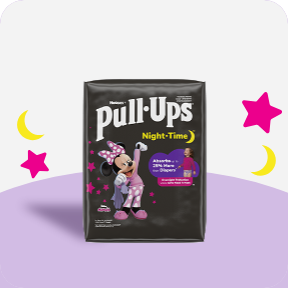Temper Tantrums: Why Some Call this Milestone the “Terrible Two’s”
When Temper Tantrums Start
When tempers flare parents are often left bewildered! This can be such a challenging phase for parents to manage, so much so that some parents become extremely fearful of taking their child out into the public. “Will she have another fit of screaming, kicking and wailing on the ground?”
Even as the strongest parents feel sympathy for the parent of the toddler making a huge scene, most if not all parents are afraid that at some time their child may make a big public ruckus!
Toddler Temper Tantrums Are a Developmental Phase
Remember back, just a few short months ago, when your sweet little one was limited in their ability to communicate their needs and wants with us as we catered to their every need? You were working hard, parents, to anticipate what your little child may need next. Your son or daughter learned “my parent has got this!”
And our kiddos rest—and sometimes test—that reassurance. This was expected and appropriate at that time because our babies were totally dependent on us for their every need. But what about now?
Right around age 1, babies start to develop a sense of independence and choice—sometimes refusing a beloved toy or pushing a new food away. And as our children move into the toddler phase, even more things start to change. For example, we start to expect our children to begin to comply to our wishes, instead of the other way around.
How to Handle Temper Tantrums
Your pediatrician has likely told you that tantrums are a developmental phase that often begins around baby’s first birthday and that should resolve in their frequency and intensity by baby’s 3rd birthday. And of course, there are times when you should never ignore a tantrum, such as if your child is at risk. Some kids can also get really physical during tantrums and kick or bite. They may scream endlessly, no matter where they are. If your child is getting overly physical, stop them immediately letting them know that this behavior is not acceptable.
There are few if any parents who haven’t at least once been fully tested by the full-on tantrum. In these instances, it’s all about the child’s safety, well-being and return to a more calm and controlled state. Here are a few things you can do to start that journey back to the sweet child of mine moments and learn how to stop temper tantrums:
- Be understanding! Your child doesn’t have the same range of control over their physical body and their emotions as may an older sibling, cousin, or friend. Remind them that as they’re growing older, they need to use their big kid behaviors, which as kind, nice and helpful behaviors.
- Stay Calm. When your child is having a tantrum, losing your temper will not help. Maybe your child is trying to get your attention or perhaps they’re simply hungry or overtired. Check your schedule—have you built in enough breaks into your child’s day? Could they be hungry? Tired? Need their potty training pants changed?
- Hold your ground. Remain patient, calm and in control. If you don’t, you’re teaching your child that their bad behaviors can become a tool to get whatever they want. Stay firm in your responses: Let your yes’s be yes’s, and you’re no’s be no’s. This creates trust and respect, even when your child may not be happy with your response.
- Engage your child during their temper fit to help them bring themselves out of it. Use questions they can answer about choices such as “do you want a snack or some quiet time?” “Would you like to put on this sweater if you’re cold?” “Let’s go out to the car to talk about this together.”
- Flip the script. Ready to help your child learn to appreciate words of affirmation and acknowledgement? Instead of waiting to scold your little one for bad behavior, catch them doing something good and heap on the praise!
- Finally, Be Patient. Don’t expect your toddlers fits of anger to resolve quickly. As your child ages they develop more ways to communicate their feelings and needs to us so that we can address them and support them. Being consistent creates an environment of trust in their parents’ care and consistency in their love and support.









